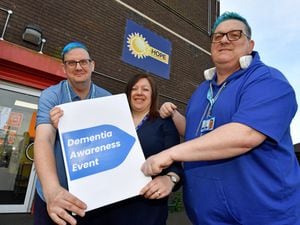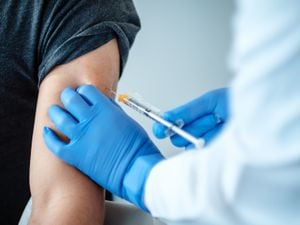Health inequalities across Birmingham wards revealed
Coronary heart disease, breast cancer, childhood obesity and self-harm rates vary widely between wards across Birmingham according to a report addressing health inequalities.

A draft Birmingham Health and Wellbeing Strategy document sets out a number of examples where illness rates are significantly higher in some wards over others.
The news comes after it was previously shown life expectancy for men in Heartlands is 71.8 years old compared to 83.8 years old in Sutton Four Oaks – a 12-year difference.
Life expectancy for women in Heartlands is 76.9 years old compared to 86.4 years old in Sutton Reddicap, a 9.5-year difference.
Other examples of health inequalities include:
In Nechells the rate of death from coronary heart disease is just over 2.5 times higher than the rate in Sutton Roughley
The incidence of breast cancer in Rubery and Rednal is 2.8 times that of Lozells
Rates of childhood excess weight in reception class are 1.7 times higher in Kings Norton South than in Sutton Trinity, and in Year 6 the rates in Handsworth are 2.2 times higher than Sutton Trinity
Hospital stays for self-harm in Druids Heath and Monyhull are four times the rates in Sutton Wylde Green
Looking at how Birmingham compares with the national picture, it was noted the infant mortality rate in Birmingham is 7.0 deaths per 1,000 live births between 2017-2019 compared to 3.9 for England and 5.6 for the West Midlands
At the same time, the mortality rate in women for deaths under 75yrs due to cardiovascular disease in Birmingham is 57.3 deaths per 100,000 population between 2017-2019 compared to 43.4 for England and 47.0 for the West Midlands.
And smoking attributable death rates in Birmingham are 274.8 deaths per 100,000 population between 2016 and 2018 compared to 250.2 for England and 249.3 for the West Midlands.
The document aims to address the inequalities through a range of measures with the core themes of promoting healthy and affordable food, mental wellness and balance and physical activity at every age and ability.
Other themes are "contributing to a green and sustainable future" and "protect and detect".
Actions suggested include:
"Focused work on increasing healthy food literacy and deepen our understanding how to enable and empower this in different communities, especially across our ethnic communities"
"Take proactive steps to close the inequalities in employment and education for people with long-term conditions, including specifically those with severe and enduring mental health issues"
"Introduce technology including apps and gamification to increase inclusive physical activity participation for all including Birmingham’s diverse range of communities and under represented groups"
"Ensure all partners are playing active roles as anchor organisations to support the Clean Air Strategy and Climate Change Route to Zero Strategy"
"Embed a public health whole-system approach to violence reduction, including gang violence and domestic abuse"
The document states: "Across our city people experience health inequalities every day that impact directly and indirectly on their lives, sometimes this impact is clear and evidence such as chronic disease that limits independence and autonomy, others are less obvious such as the adverse events and exposures in childhood that impact across a lifetime on education, employment and life chances.
"Tackling these health inequalities cannot be achieved by any single agency and must be rooted in peoples lived experience and be shaped with local communities of place, identity and interest."
The draft document – setting priorities for the next eight years – is proposed to go out to consultation pending approval from the city council’s Cabinet next week (Sept 7).





